An Ancient Tomb in Panama Contains Treasure and Sacrificial Victims
In Panama’s lush landscapes, a remarkable discovery has brought the ancient world back to life. At El Caño Archaeological Park, researchers have uncovered a tomb that dates back 1,200 years, revealing secrets of the past. This grave, rich with gold treasures, belongs to a time when the Coclé culture thrived, around 700 AD.
The find is not just a window into ancient rituals but also a narrative of power, belief, and artistry that shaped the lives of those now long gone. The nation’s culture ministry, awed by the find, shows its historical and cultural significance, promising a deeper understanding of Central America’s pre-Columbian history.
A Tomb of Gold and Mysteries
Inside this ancient resting place, the air is thick with history. According to a news release from the Ministry of Culture, gold, once a symbol of eternal power, adorns the site. Bracelets, belts made of gold beads, and even crocodile-shaped earrings lay alongside the remains.
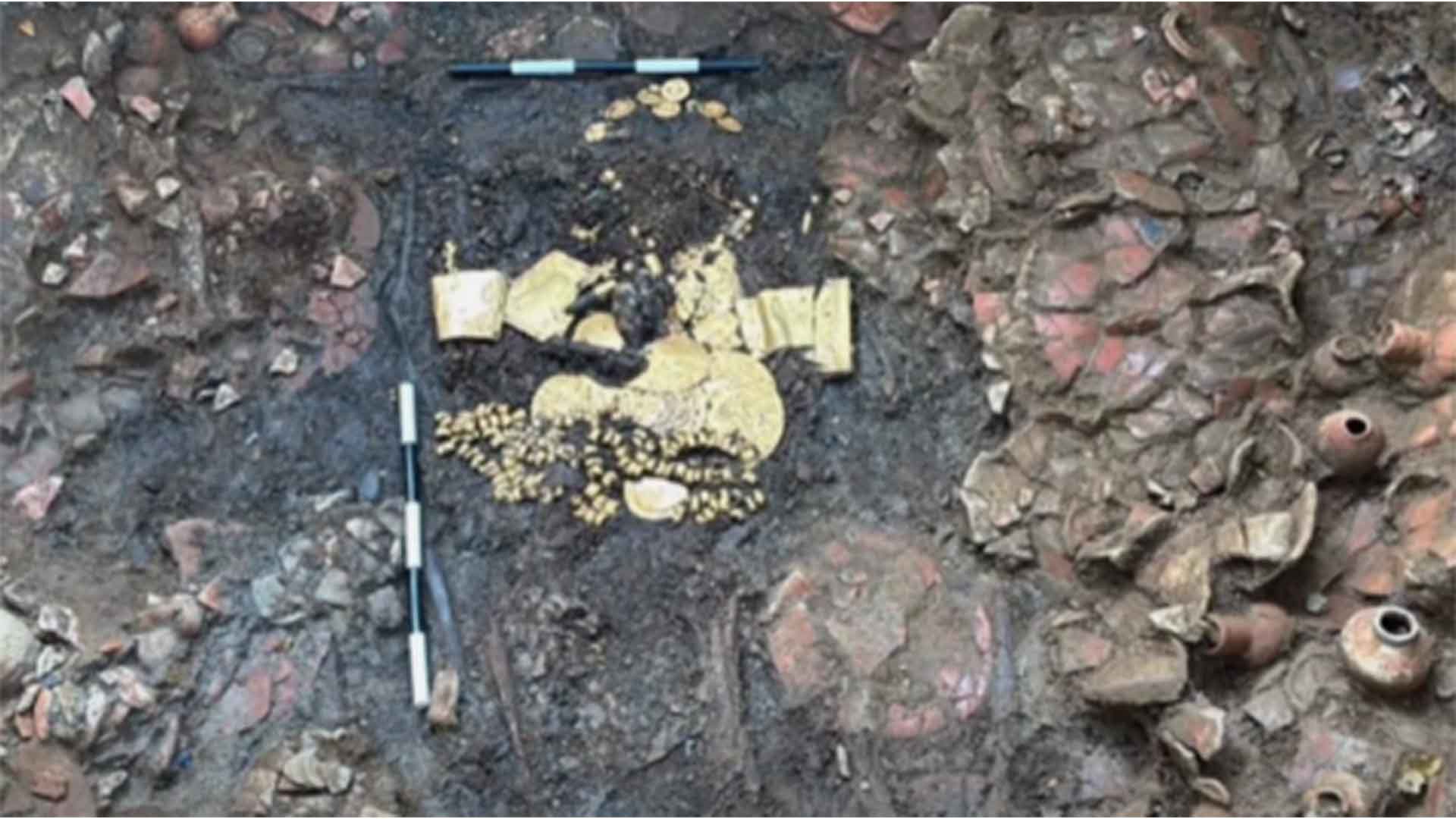
Source: Ciudad del Saber/Facebook
Among these treasures, gold-covered sperm whale teeth stand out, alongside circular gold plates, each piece echoing the sophisticated craftsmanship and rich culture of its creators. The burial site is a treasure trove, offering invaluable insights into the life and afterlife beliefs of the Coclé elite.
The Elite and Their Final Journey
According to Fundación El Caño-CIAI, the main occupant of the tomb was no ordinary individual but a high-status chief, a man in his 30s, laid to rest in a manner befitting his status.
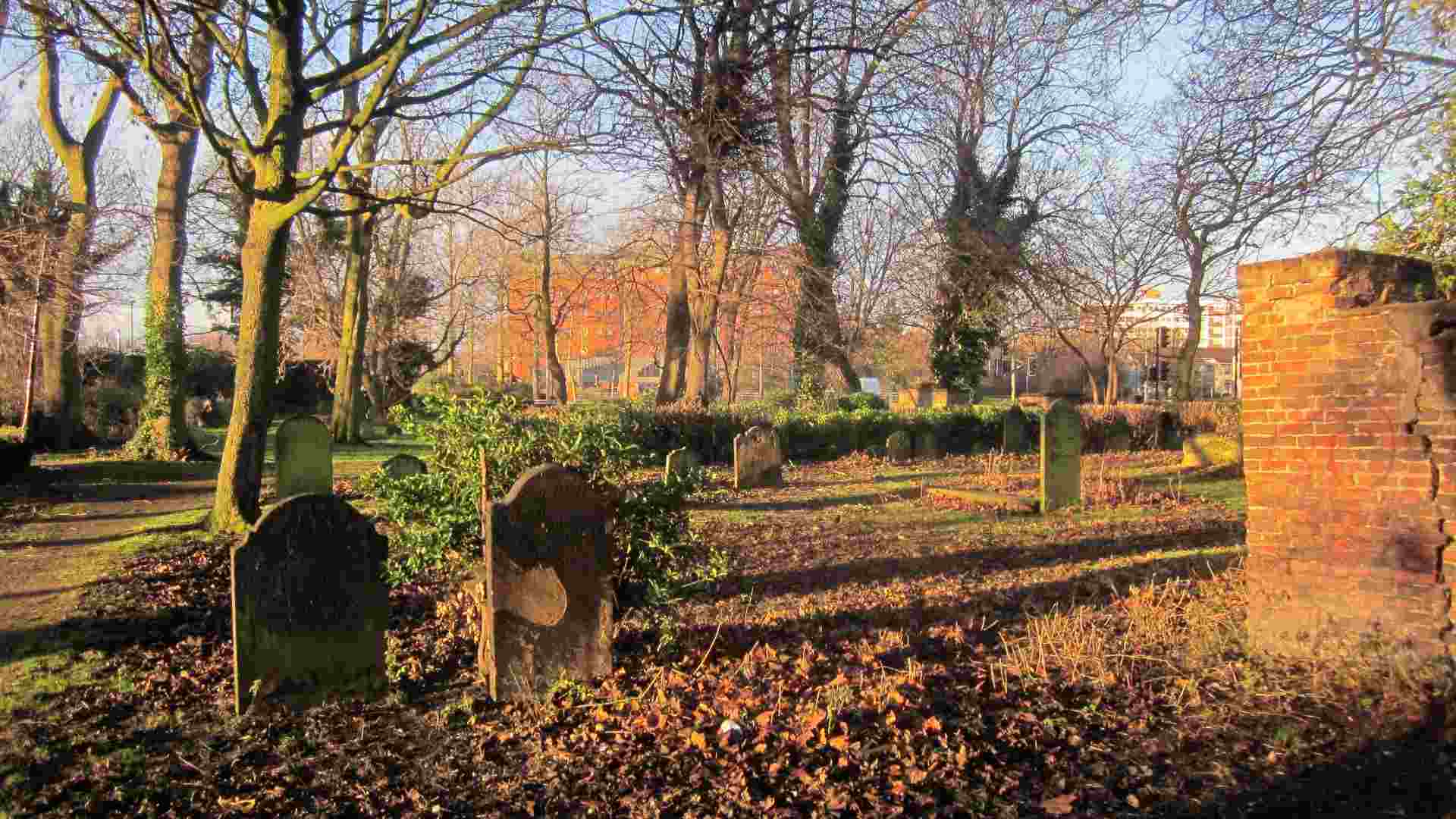
Source: Derek Harper/Wikimedia
Buried face down on top of a woman’s body, his unique burial position speaks volumes about the customs and symbolic practices of the time.
Companions to the Afterlife
Reflecting ancient beliefs, the lord did not journey to the afterlife alone. Up to 31 sacrificial victims were found with him, chosen to serve as eternal “companions” to the afterlife (via CBS News). This practice, though chilling, underscores the depth of the community’s spiritual convictions and the lengths to which they would go to ensure their leader’s comfort and status in the next world.

Source: Wikimedia Commons
Dr. Julia Mayo, the site’s lead archaeologist, shed light on this ritual, hinting at the complex social and religious fabric of the time. She also said that more may remain uncovered, as the excavation is not finished yet.
Artifacts of Power and Prestige
Among the grave’s contents, unique artifacts speak of power, prestige, and a deep connection to the natural world. Earrings shaped like a man and a woman, possibly symbolizing fertility or duality, and two bells that may have called to the spirits or warded off evil provide insight into the Coclé people’s beliefs and customs.
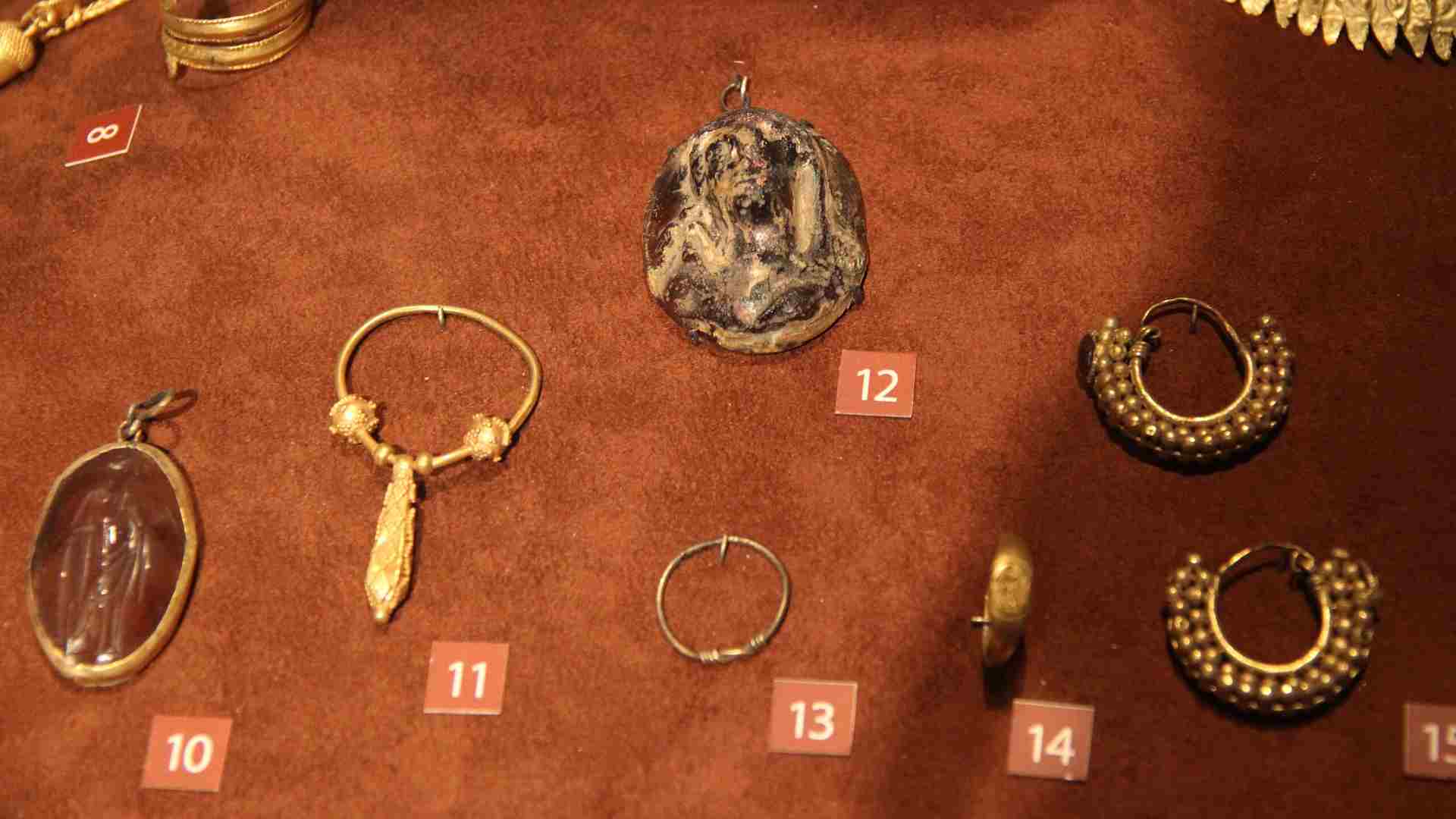
Source: Gary Todd/Wikimedia
These items, alongside skirts adorned with dog teeth, reveal a society rich in symbolism, where every object held meaning and communicated status or spiritual protection.
A Symphony of the Dead
Music, it seems, was as much a part of death as of life for the Coclé culture. A set of bone flutes, unearthed alongside the other treasures, hints at the ceremonial significance of music in burial rituals.
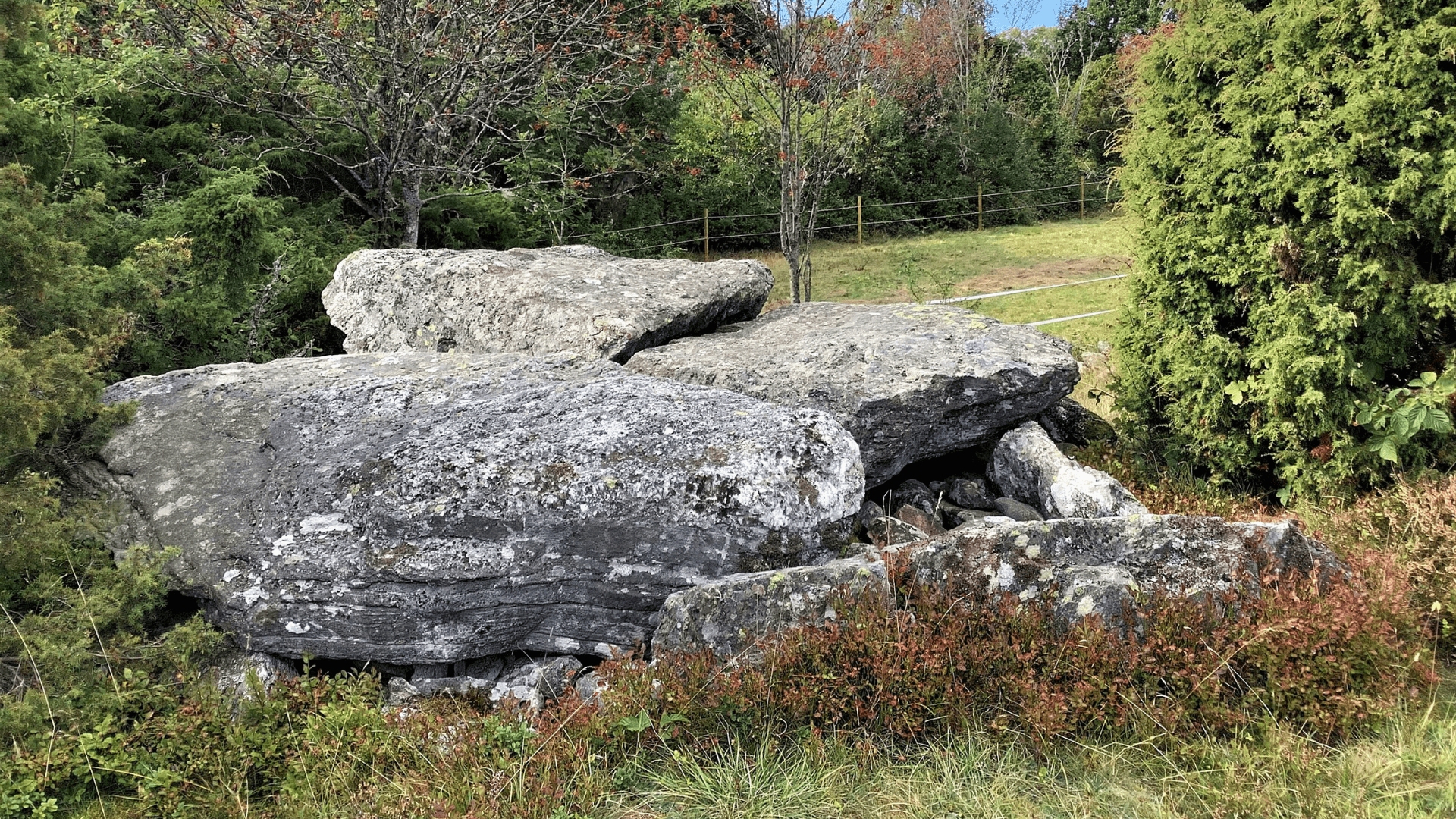
Source: Sinikka Halme/Wikimedia Commons
These instruments, possibly used to send off the dead or communicate with the gods, add a hauntingly beautiful layer to our understanding of ancient funeral practices.
Fashion of the Ancients
Even in death, style spoke volumes. The discovery of skirts made from dog teeth reveals not just a unique fashion sense but also the resourcefulness and artistic flair of the ancient Coclé.
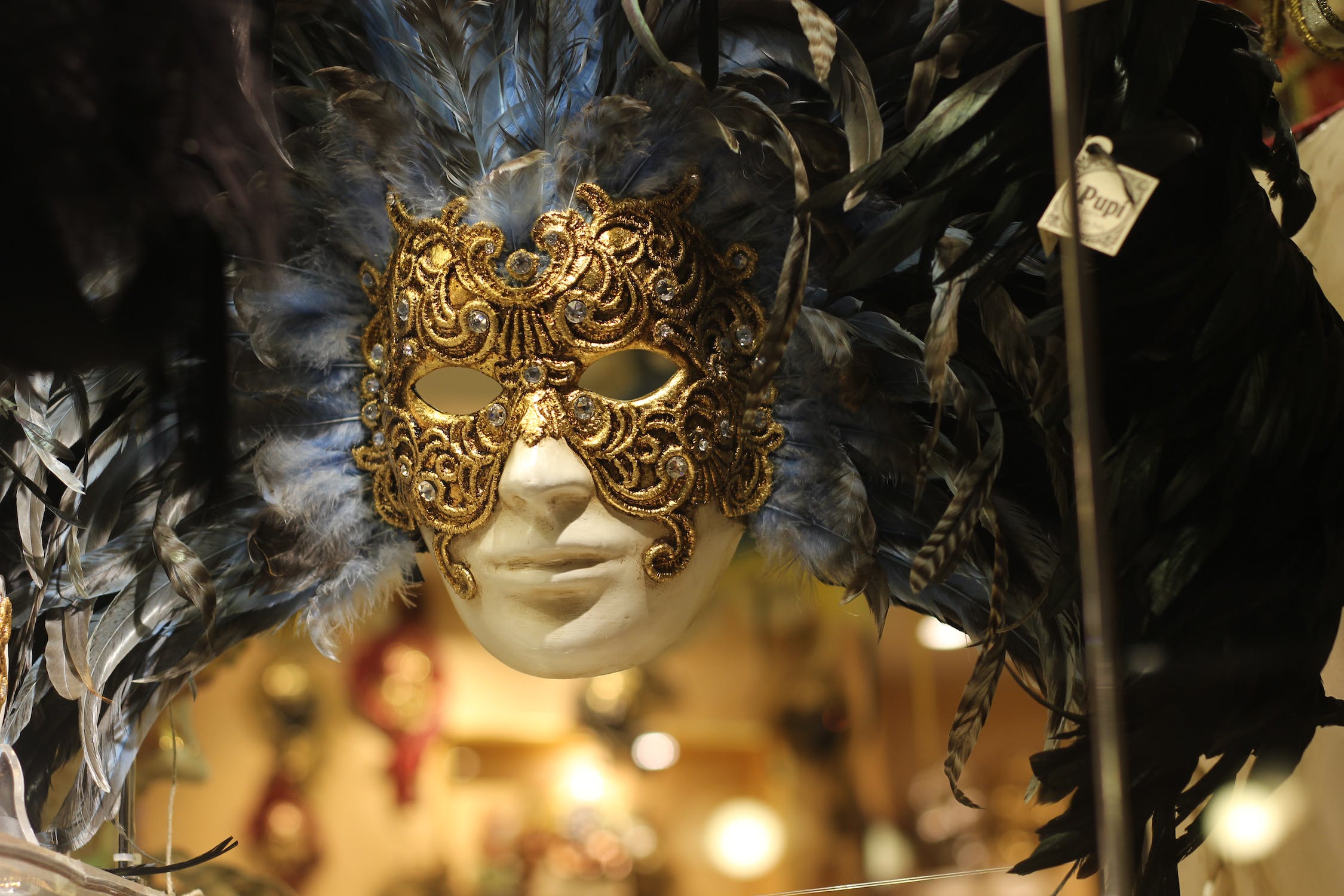
Source: Carolina Spork/Pexels
These garments, likely symbols of status or achievement, provide a fascinating glimpse into the everyday lives and values of the people, illustrating how identity and status were woven into the fabric of their attire.
Echoes of Sacrifice
The discovery of sacrificial victims alongside the tomb’s chief occupant highlights the stark realities of ancient belief systems and the value placed on ritual sacrifice.

Source: WPLG Local 10/YouTube
This practice, while difficult for modern minds to comprehend, was a significant aspect of Coclé spiritual life, emphasizing the community’s commitment to ensuring their leader’s well-being in the afterlife.
A Rich History Beneath Our Feet
El Caño Archaeological Park, once a bustling necropolis, provides a history of the Coclé culture’s complexity and sophistication. Established around 700 AD and abandoned around 1000 AD, the site offers a snapshot of a civilization at its peak.

Source: Wikimedia Commons
As researchers continue to peel back the layers, each artifact and burial unearthed adds a new chapter to our understanding of Central America’s pre-Columbian inhabitants and their conceptions of life and death.
Legacy in Gold
The gold and artifacts unearthed in this ancient tomb carry a value far beyond their material worth. As Linette Montenegro, the national director of heritage at the Ministry of Culture, suggests, these findings hold “incalculable historical and cultural value” (via CBS News).
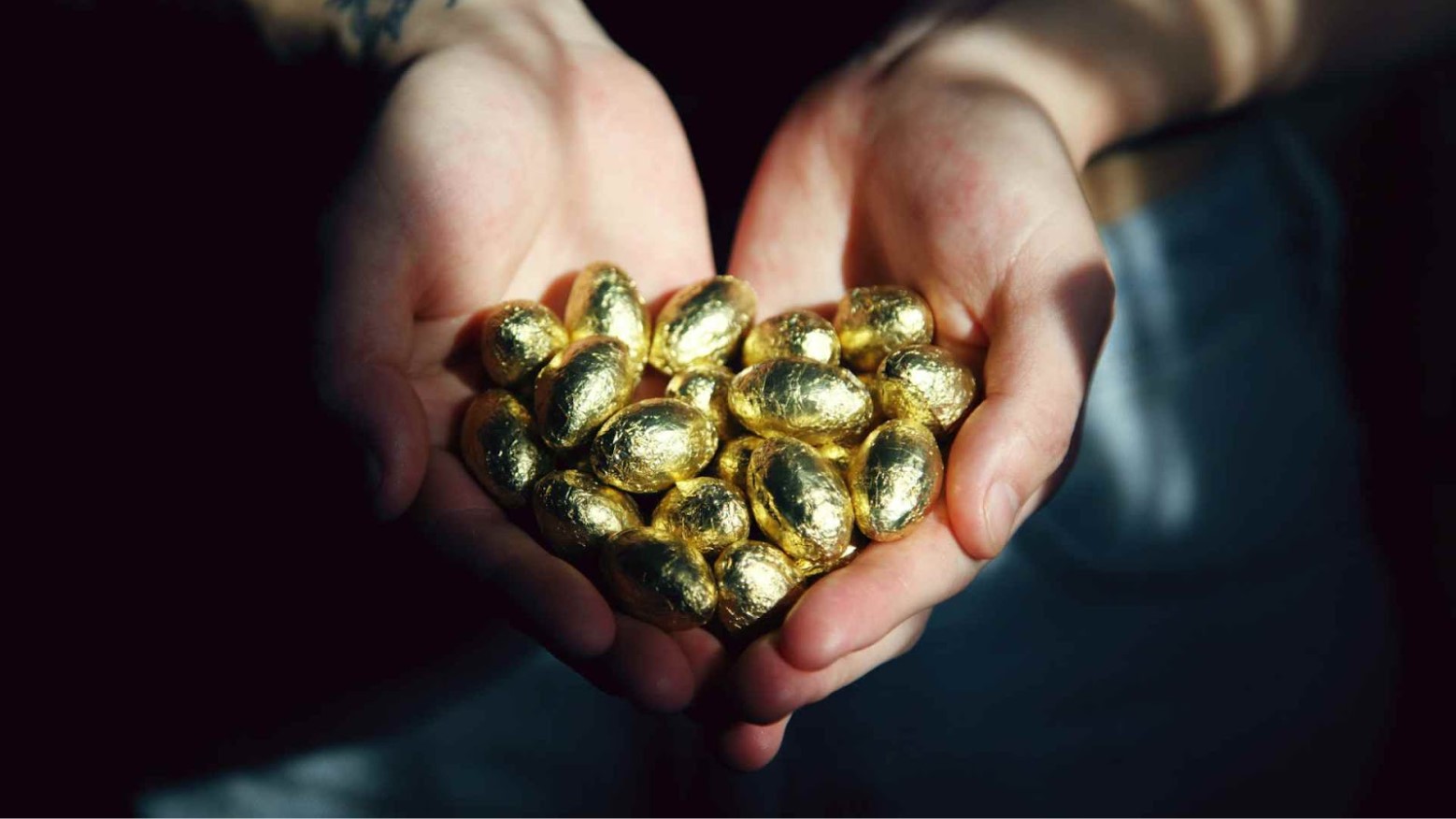
Source: Alexander Grey/Unsplash
They serve as a bridge to the past, offering a tangible connection to a people whose beliefs, achievements, and daily lives would otherwise remain shrouded in mystery.
The Modern Quest for Ancient Truths
Dr. Mayo and her team’s work, a blend of science, history, and reverence for the past, provides invaluable insights into the life and death of the Coclé culture.
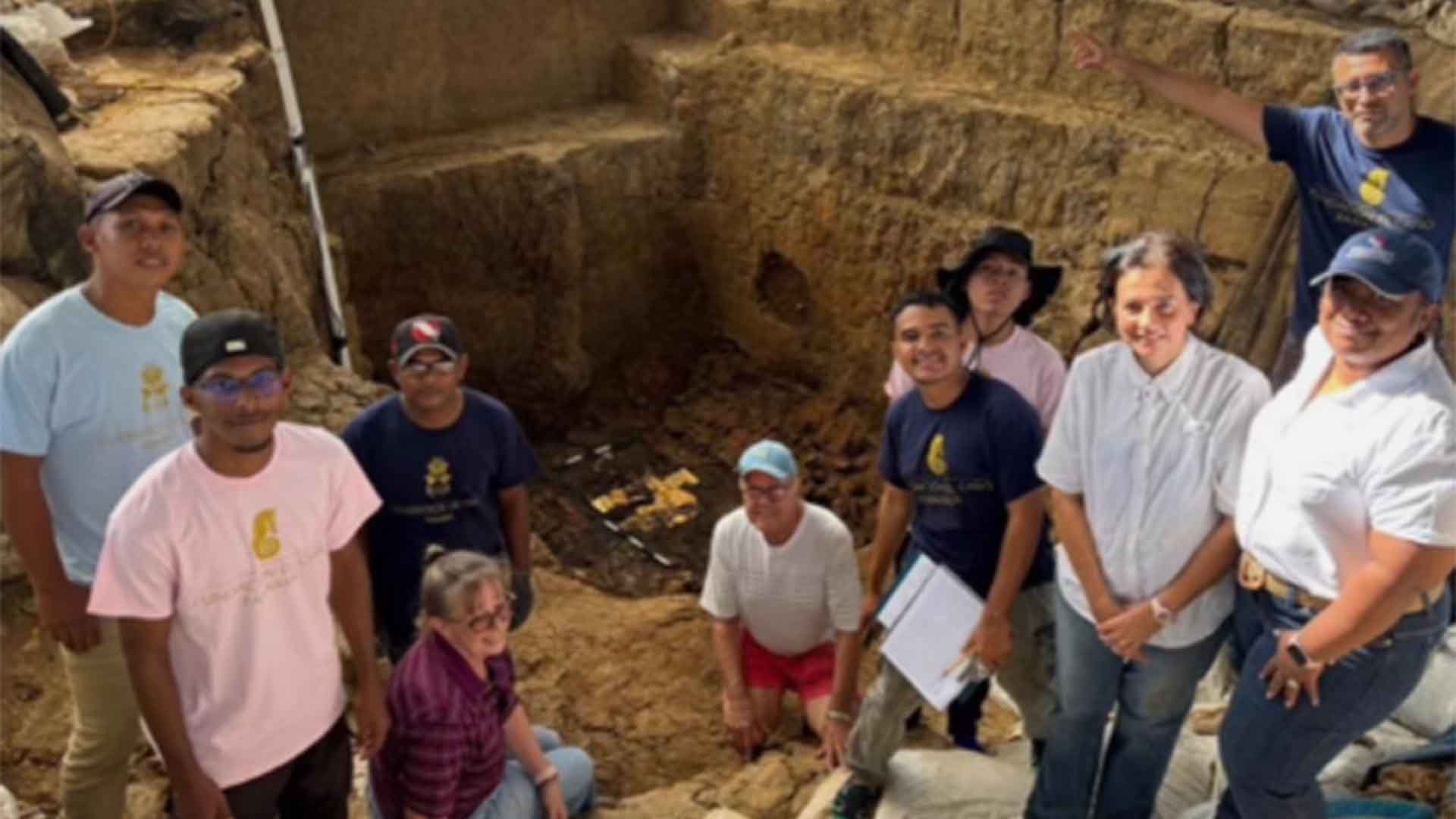
Source: Ciudad del Saber/Facebook
Their dedication to uncovering these truths ensures that the stories of those long gone are told, respected, and preserved, providing a valuable link to our shared human heritage.
Preserving the Past for the Future
The ongoing excavation and study of the El Caño site underscore the importance of preserving our global heritage. As we gain more insights into the secrets of the past, each discovery offers lessons for the present and future.
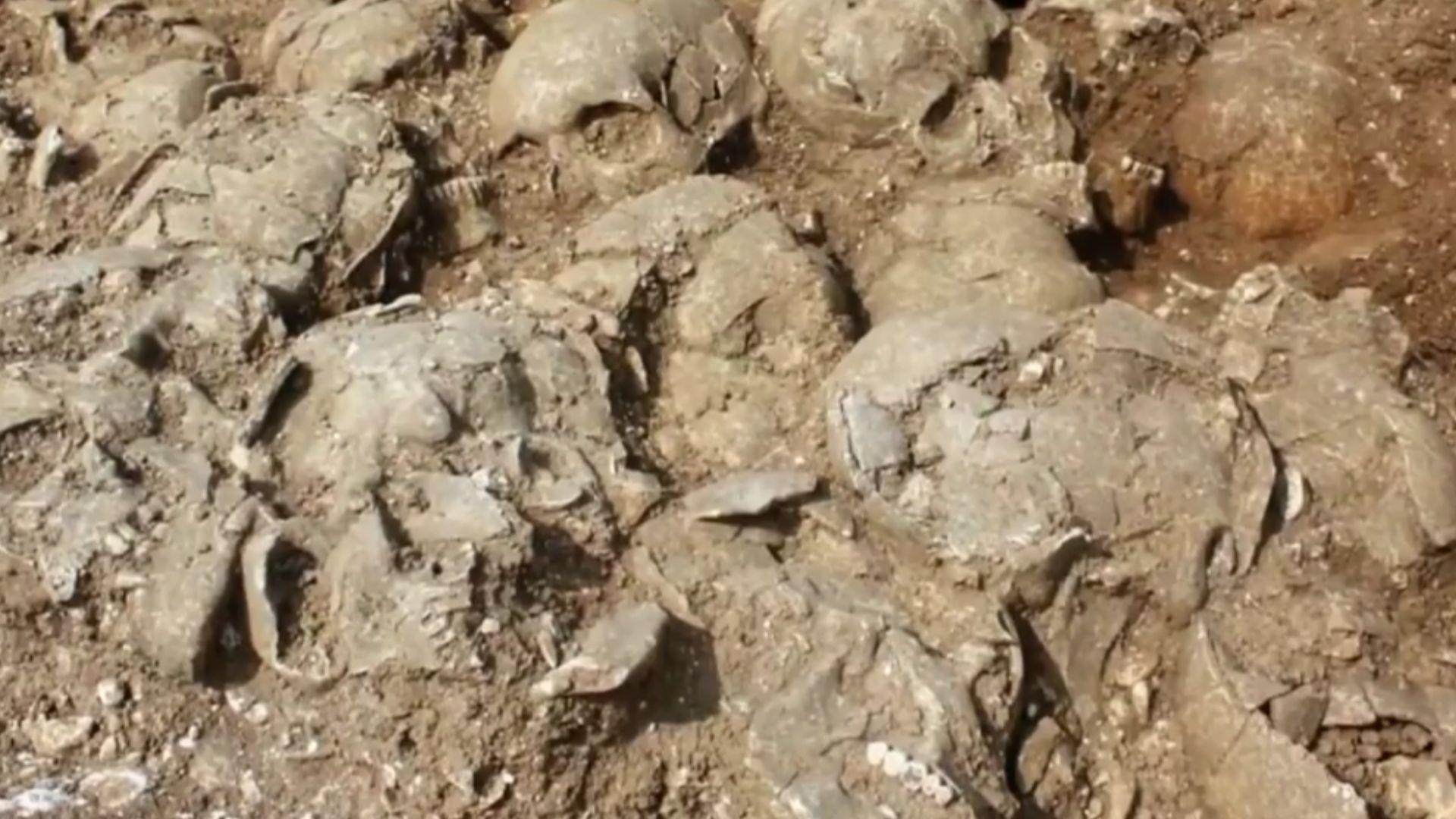
Source: @DidYouKnow/YouTube
By studying these ancient cultures, we not only honor their memory but also gain a deeper understanding of human history, allowing us to appreciate the richness and diversity of our collective past.
